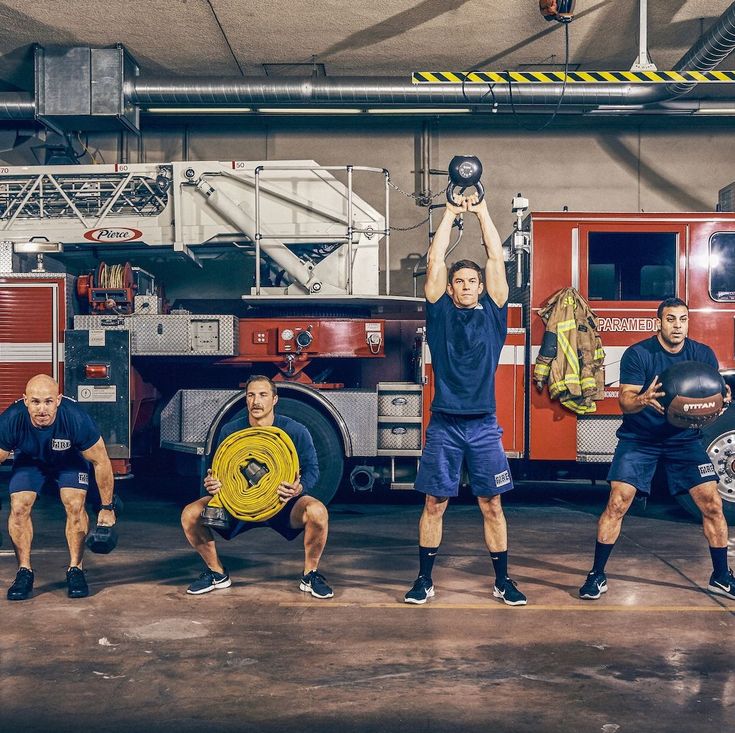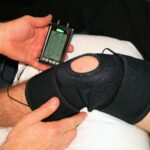Firefighting exists as among the most challenging yet noble professions worldwide. Personnel who serve as firefighters understand they might encounter fatal circumstances when wearing their protective uniforms. Each emergency call poses high risks as firefighters safeguard the lives of citizens. Firefighters combat their demanding challenges by needing advanced training that extends past theoretical knowledge.
The training methods for firefighters have experienced significant changes in the passing years. Traditional methods of recruit education based on lectures and drills no longer prevail in modern emergency responder educational practices. Modern-day firefighting training methods have become dominant factors which create substantial changes to emergency preparedness tools for firefighters in real-world situations. This modern training technique develops both the abilities and the self-assurance of individuals who take risks to help others.
The meaning of this development will affect both those who wish to join the fire service and those who already serve as firefighters. Change is under analysis regarding how immersive training modifies firefighting standards while simultaneously improving rescue outcomes in front-line emergencies.
The Importance of Proper Training for Firefighters
Acquiring appropriate training develops into the fundamental requirement for every firefighter’s function. Professionals in this demanding field need skills alongside strength and quick thinking abilities as well as team working capabilities.
Firefighters face unpredictable situations daily. Personal preparedness through training enables a person to make critical life-or-death choices under brief circumstances. Their primary task demands them to traverse explosive locations while ensuring top safety protocols.
Fundamental capabilities regarding fire behavior together with rescue approaches and medical procedure protocols form the foundation of training delivered to firefighters. The drills replicate actual emergency situations which help train firefighters about upcoming situations.
Regular training develops both resilience capacities and adaptability traits in individuals. Techniques make progress through the development of fresh technological breakthroughs. Being updated with the latest technology enables firefighters to address modern firefighting situations with effectiveness.
The firefighters develop higher confidence through training programs that provide complete instruction. During emergency calls firefighters exercise complete awareness of their responsibility to deliver swift actions because they recognize the gravity of every situation.
Traditional Training Methods vs. Immersive Training
Most firefighter training that exists today depends on textbooks alongside lectures together with standard hands-on training activities. Educational methodologies serve as introductory methods though they fail to provide true-to-life operational environments.
Immersive training flips this model. The system establishes virtual worlds using technology to help firefighters perform realistic challenges directly. Trainees can engage with the hazards of a fire by using virtual reality and simulation technologies that keep them safe from danger.
Under Stress conditions this training approach helps firefighters develop better decision-making abilities. Due to coordinated encounters that simulate actual firefighting conditions firefighters develop their ability to respond quickly as well as their effective operational skills.
The training method offers an immediate feedback system. Rapid development of competencies becomes attainable with immediate test results after drills as a result of immersive training systems which traditional methods fail to produce at a similar pace.
Firefighters receive their preparation for unpredictable fire-related situations through the introduction of immersive training methods which represent an essential transformation in firefighting training.
Benefits of Immersive Training for Firefighters
The immersive training experience provides firefighters with an advanced development that builds their capabilities and certainty when facing actual emergencies. The training system helps firefighters master quick emergency responses by running exceptional stress scenarios.
The training enables firefighters to make decisions in stressful conditions during drills. The training environment allows personnel to confront multiple situations with no need to handle actual hazardous conditions. The interactive nature fosters teamwork and communication, essential elements during an emergency response.
The training method delivers automatic evaluative information to participants. The risk-free developmental environment enables firefighters to study their errors thus driving ongoing development. The training system enables students with different learning preferences to succeed because visual learners benefit from simulations and kinesthetic learners succeed through practical experiences.
The retention rates improve significantly from this approach. Training experiences promote deeper learning retention which results in better on-job outcomes during critical situations.https://flaimsystems.com/
Real-life Examples of How Immersive Training Has Saved Lives
A tremendous shift characterizes immersive training programs within firefighting operations. A significant metropolitan fire response department implemented virtual reality (VR) training simulations for their firefighting trainees. Firefighters encountered a structural collapse during their active drills. Their former VR training led them to automatically perform evacuation procedures in a way that protected numerous individuals.
Wildland firefighters experienced their training challenge while fighting fires deep in rough terrain. Teams practiced safety protocols for difficult terrain and fast reactions through complete simulation environments. Real fire situations presented no challenge to these firefighters because of their early fire exposure which allowed them to control destructive impacts across multiple areas.
During emergency response drills a rural fire brigade embraced augmented reality (AR) technology tools for their operations. Real-time viewpoints of potential dangers enabled effective coordination between rescue teams allowing them to perform successful emergency rescues under high-stress situations.
The training techniques go beyond preparation steps by actively participating in the reduction of deaths during crucial disaster situations.
Challenges and Obstacles in Implementing Immersive Training Programs
Using immersive training methods for firefighters requires organizations to overcome multiple implementation hurdles. Budget restrictions usually appear as the most pressing challenge. Several fire departments experience difficulties finding budget support for vital advanced technology which includes virtual reality systems and simulation equipment. Though these tools demand a substantial financial investment their eventual ability to save lives along with improving skills makes them essential investments.
The change-adoption process meets resistance from certain fire department personnel and units. Veteran firefighters alongside fire department leaders might show resistance to adopt newly developed training approaches because traditional methods have existed for years. Receiving immersive training necessitates complete adoption of new perspectives together with extensive training about its benefits.
Technical problems create important obstacles for training effectiveness. Not every fire station possesses the required construction needed to operate high-tech simulation systems. Department budgets usually lack sufficient funds and time to carry out facility improvements.
The evaluation process of these programs must continue while remaining difficult to execute. The measurement of immersive training success often proves difficult due to the involved need of collecting extensive performance and safety data.
Innovative training platforms like those from Flaim Systems offer vast benefits to enhance firefighter readiness and readiness to respond no matter the difficulties departments face during implementation.












